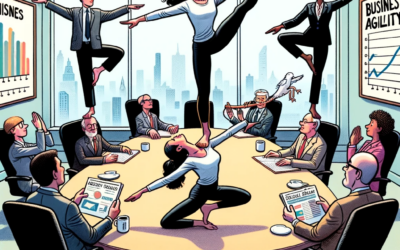How to Prepare for a Meeting
The first three steps of meeting preparation are:
1. Set a clear and achievable goal for the meeting How to Prepare for a Meeting: Steps #1 & 2 that is in line with the organization’s vision and mission
2. Choose the appropriate type of meeting: decision-making, informational, motivational, or creative How to Prepare for a Meeting: Steps #1 & 2
3. Select the right participants (without offending anyone) How to Prepare for a Meeting: Step #3
Now it’s time to figure out how to schedule and structure the meeting.
How to prepare for a meeting step #4: Schedule and structure the meeting
The type of meeting will largely dictate the structure and content. What you can control is who will present information and for how long. Bear in mind that the attention span of a passive audience is approximately 10 minutes, and the peak of attention hits at around 5 minutes.
Mills, H.R. (1977) Techniques of Technical Training, 3rd Ed. Macmillan, London
From the graph above, is it any wonder that our TV programming feeds us commercials every 7 minutes? The real question, I suppose, is it TV that is programming us and our attention or are the marketers understanding our attention limits and programming for them? For your purposes, the cause doesn’t really matter. What matters is that you keep the meeting moving at a good clip.
If participants are going to present information, 5 minutes would be most advantageous. If they are given longer than 10 minutes, make sure there is some short interaction afterward. You’ve got to stir the pot. Otherwise you’ll get vacant stares. You or the presenters might ask participants to weigh trade-offs or counterarguments–anything that will create tension and engage the participants.
It is difficult to know in advance how long discussion or debate will last. Again, you want the meeting to move at a good clip, so make your best guess when scheduling, but err on the quicker side. If you are working against a timeline, such as an outside deliverable time, try to get the meeting on the docket asap, so that you have sufficient time to add an additional meeting if necessary. Sometimes it is wise to schedule additional meetings up front and cancel them, rather than trying to get everyone to schedule the meeting at the last minute (which rarely works with busy executives).
In the next post in this series, we will discuss how to choose and equip the meeting space.
Related Posts
How to Prepare for a Meeting: Steps #1 & 2
How to Prepare for a Meeting: Step #3
How to Prepare for a Meeting: Step #4
How to Prepare for a Meeting: Steps #5-7


